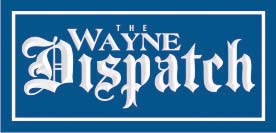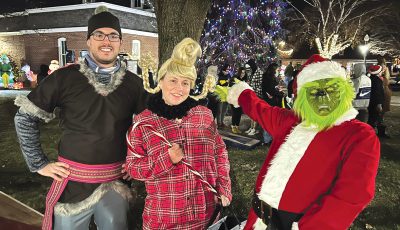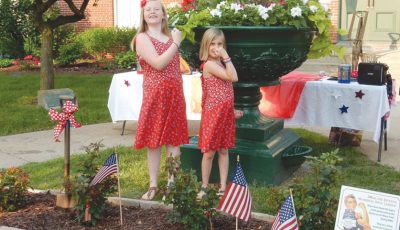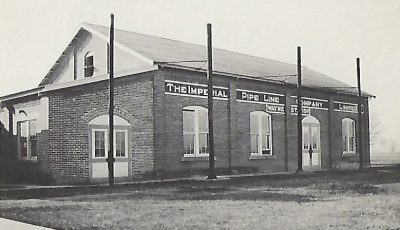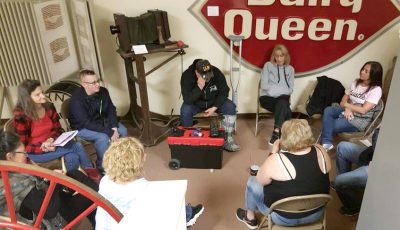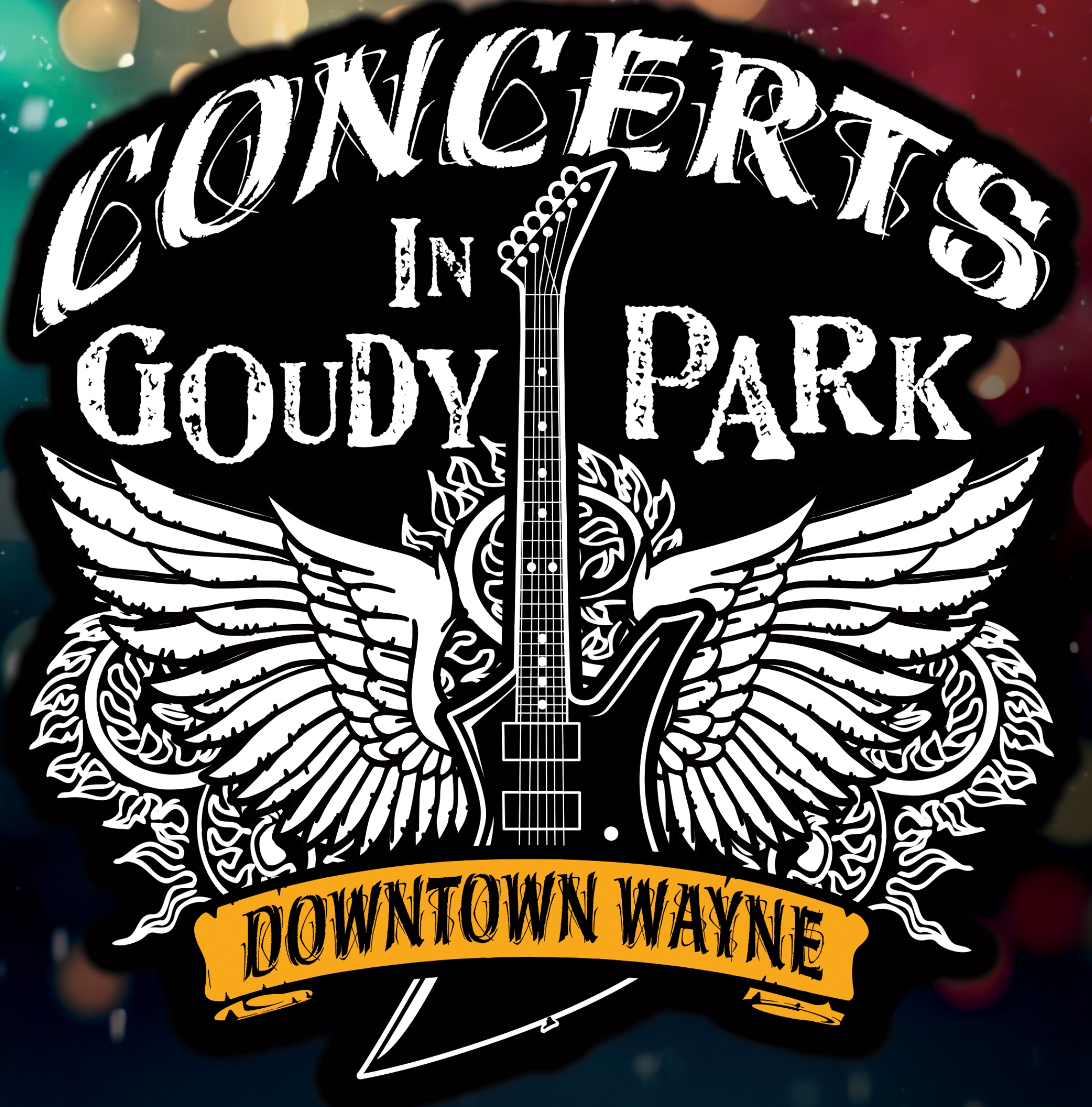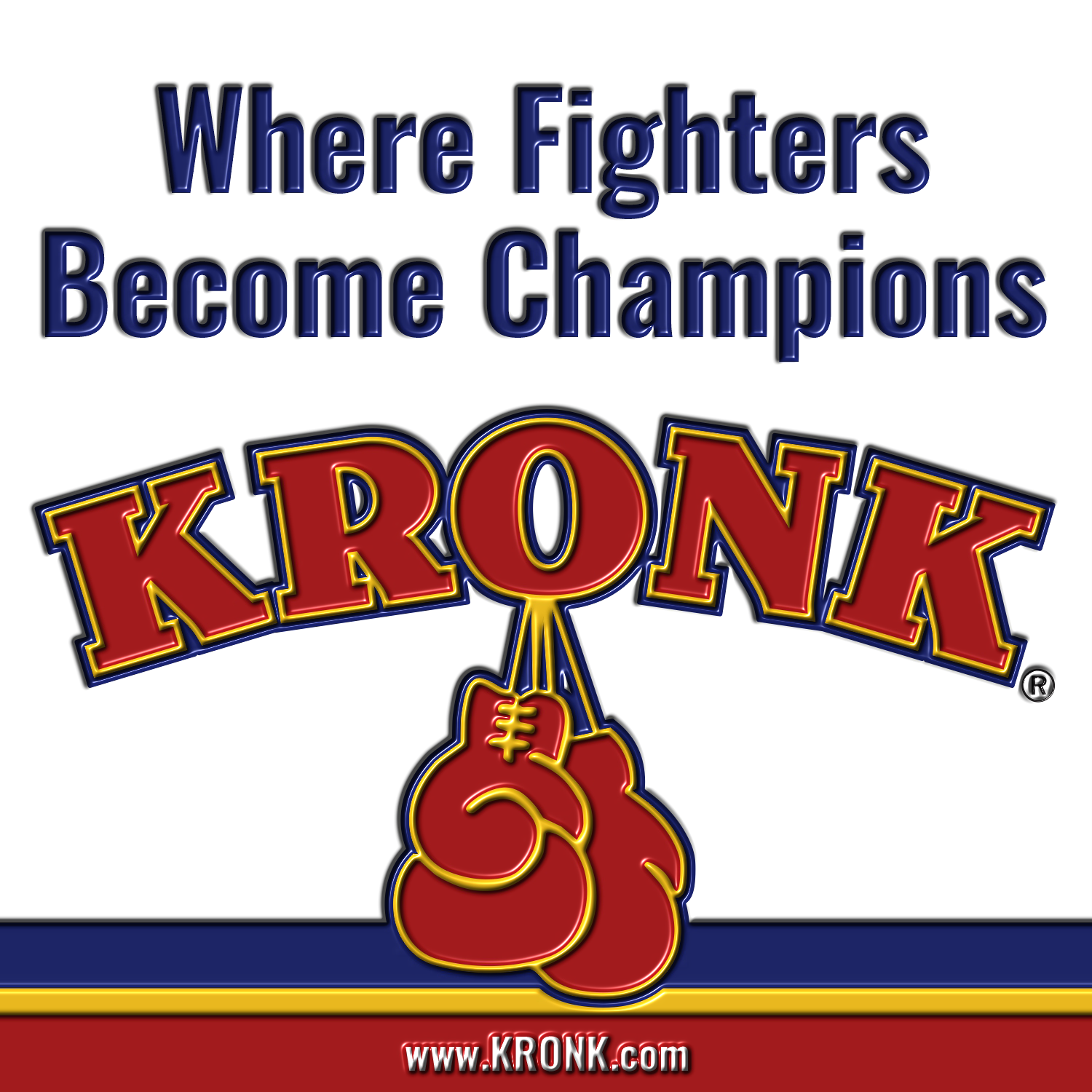Wayne in the beginning
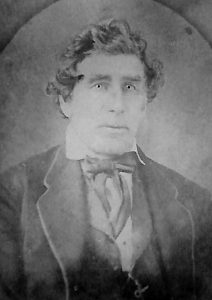
Ezra Derby
By Darlene Hawley – Get ready to enjoy downtown Wayne!! “ Main Street” and other local organizations are busy planning and preparing for a multitude of activities and programs for young and old in our community July 13, 14 and 15th. Wayne’s Downtown Days and Car Cruise is an extension of the Sidewalk Sales held in Wayne in past years. There will be shopping, food, music, a concert, games, activities and fun for everyone. This event will also give you a chance to meet and greet your neighbors and friends as well as celebrate our hometown of Wayne!
As I envision all that will be going on in downtown Wayne, I am aware that celebrations are nothing new to the people of our community. In the early years of our village, people loved gathering together in our downtown to enjoy picnics and concerts in the town square, as well as shopping local stores and eating in local restaurants. Baseball games drew large crowds who watched Wayne’s teams play on a field near what is now the Tae Keuk Korean Village on Michigan Ave. We even had a horse racing track on the flats behind Wayne Memorial High School where townspeople came to watch and wager on the races.
I have always been intrigued by how our community started. In the early 1800’s this area was heavily wooded with miles of thick forests and swampy areas. Wild animals prowled the land and an Indian trail followed the river. Surveyors sent out by the government reported the land was not tillable for farming and uninhabitable due to the swamps and thick forest. (To get a feel for what it must have been like in this area in the early 1800’s just walk the path that runs along the river between Second Street and Dynamite Park. Eliminate the sounds and it is like stepping back in time! Several weeks ago, during the Rouge Rescue Event, I did this and even walked off the paved walk and followed a narrow dirt path to the edge of the river to watch Kurt Kuban, Matt Mulholland and their crew work in the water with chainsaws to cut and clear huge fallen trees in order to open up the current for future canoeing. What a massive job by dedicated Save the Rouge and Friends of the Rouge people!!!)
In 1824, George M. Johnson purchased 80 acres of land for $100 from the government and built a log tavern just south of the river near the building that was the National Bank of Detroit Building and is now the Greater Than Dreams Church on Michigan Avenue. The tavern was about a day and a half journey from Detroit. In 1825, Johnson sold his Tavern to Stephen G. Simmons who operated it until he was hanged in Detroit for the murder of his wife in 1830. In 1832, Simmons’ children sold the tavern and property to Ezra Derby who is considered to be the founder of our community. Ezra and his wife Sally came here from Massachusetts after being married in 1826. This area became the stage coach route between Detroit and Chicago and brought people traveling through Derby’s land. The road was little more than a narrow passage through the trees with holes and ruts making travel difficult. This passageway has had many names. Early on it was called the Chicago Military Rd. and the Saulk Trail after the Indians who traveled along the river. It was also called the Corduroy Road because of the logs laid across the holes where trees had been chopped down to clear the way for wagons and stagecoaches. Plank Roads were built after the General Plank Road Act was passed in 1848. Michigan Avenue was a Plank Road that ran from Detroit to Saline. There were 8 toll gates on this road and Wayne had two of them. One was at Cogswell Rd. west of Wayne and one was between Sims Rd. and St Mary’s Cemetery near Howe Road. Later it was called the Gravel when they spread gravel on it and then it became Michigan Avenue or US 12. It was first paved in 1926. The village thrived in its location along this important thoroughfare.
Ezra Derby built a sawmill on the river and a home for his family, a store and a blacksmith shop. With these buildings and improvements to the road, settlement began in earnest. The completion of the Erie Canal started the migration to the West. Derby subdivided his land and platted a settlement. As settlers bought land and built homes and farms, Wayne had it’s beginning. It was called Derby’s Corner and shows up on early maps as Derby’s. Derby helped build the first school house for the children of our community. Classes first met above the blacksmith shop until the log school could be built in 1833. Derby was appointed Justice of the Peace in 1834. In May of 1835, Derby subdivided a small part of his land and recorded a plat of 15 lots and a cemetery on the north side of Michigan Avenue (which he showed as the Chicago Turnpike) between Second Street and Washington. His land ended at what is now the Old Wayne Cemetery next to the State Wayne Theater. This was the beginning of Wayne’s business section. As the years passed merchants began to locate on these lots. By 1880, half of the brick buildings in town were in the Derby plat west of Washington. This fine row of brick buildings was the pride of the town, beginning with the Tremont Hotel on the corner and going west down a block.
The Old Wayne Cemetery is a historic site today. Derby buried his wife Sally there in 1834 when she died. Ezra donated this piece of land and burial plot to the fledgling community to preserve his wife’s resting place and for future burial needs. His second wife was Harriet Hawley Collins who was a widow with two sons. They were buried in the Derby plot. His third wife was widow Hannah Smith who he married in 1850. She died in 1856 and was also buried in the plot. Ezra Derby died in 1877 at the age of 74 and was buried with his three wives. The Historical Society often gives public tours of the cemetery.
Ezra Derby was the first Real Estate dealer in Wayne and probably the first business man. He bought and sold land in Nankin, Canton, Van Buren and Romulus making a profit. In 1833 he sold part of his original 80 acres that lay south Of the Chicago Road. Rufus Brown and Colonel Joshua Howard purchased this land from Derby and settled there. Howard was the first commandant at the Federal Arsenal in Dearborn and served under Anthony Wayne in the War of 1812. In 1836, Brown and Howard laid out a plat of 169 lots with streets and a “Publick” Square and called it Wayne in honor of “Mad” Anthony Wayne. (Some believe Wayne was named after the County.)
The advent of the railroad provided a cheaper, faster, more convenient means of transportation and the importance of the roadway diminished for a time. The railroad arrived in 1838 and became the focus of transportation into the early years of the twentieth century.
On April 12, 1869, forty five years after Johnson built his log tavern, the village was incorporated. Wayne would become a leader in education, drawing students from surrounding settlements, villages and towns. The center of the downtown boasted of six hotels, shops, stores and businesses. Industry thrived and included Prouty and Glass who manufactured sleighs and buggies, Enot Foundry, Attwood’s Unistrut Company, Graham- Paige Car Company, Stinson Aircraft Company, Gar Wood Industries, and the Harroun Car Company to name a few.
Ezra Derby gets the credit for getting Wayne started but it is impossible to name all of the people who have played important parts in Wayne’s history. Every generation can list many who continued to help our town grow and thrive. We have a rich and amazing history. Take some time to visit our Historical Museum and learn more about the history of your home town. (See you at Downtown Wayne Days!)
